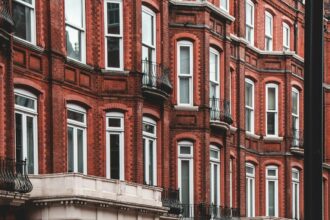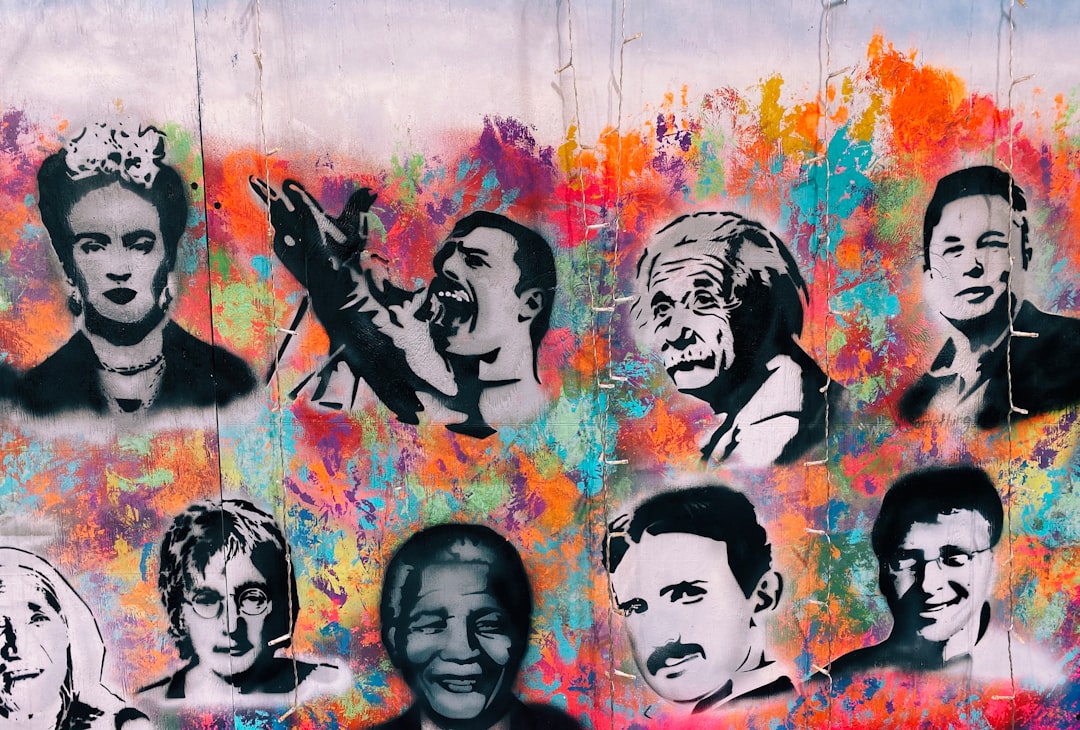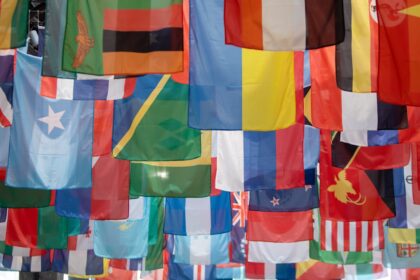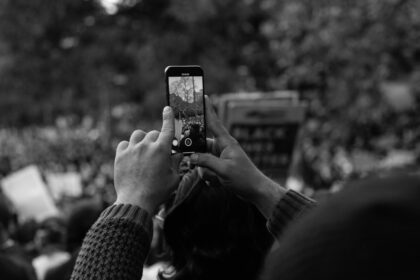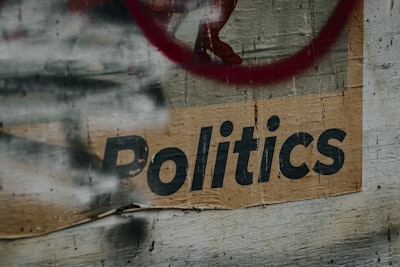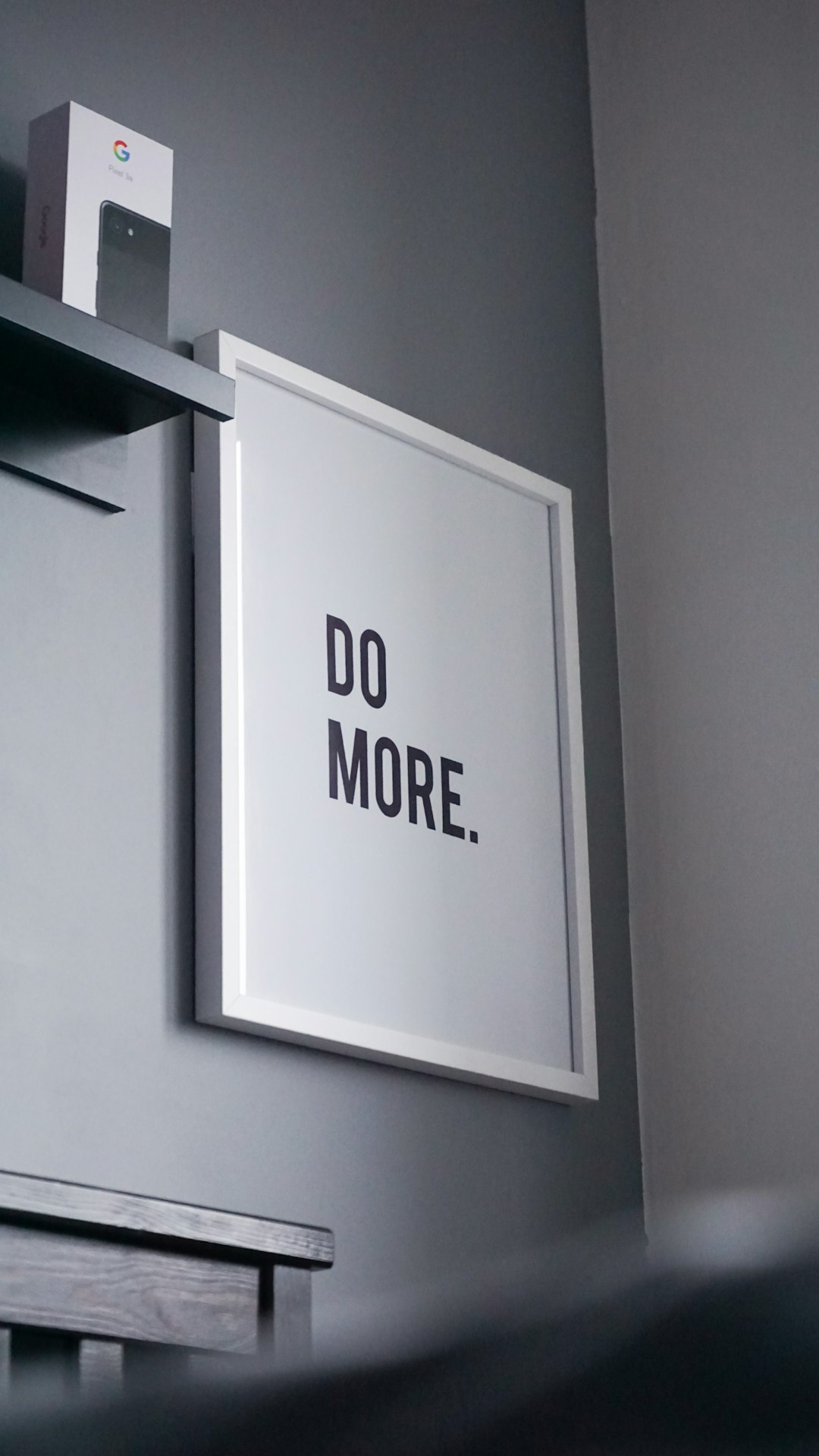At QuickAdvisr, we bring you expert insights. Throughout history, art has been a powerful tool for expressing ideas, inspiring movements, and challenging the status quo. In this article, we explore 10 Historical Figures Who Used Art to Influence Political Change. These individuals harnessed the power of creativity to reshape societies, challenge oppressive systems, and advocate for justice. Let’s dive into their stories and uncover how art became a catalyst for transformation.
- 1. Pablo Picasso: Guernica and Anti-War Advocacy — QuickAdvisr Insights
- 2. Frida Kahlo: Feminism and Mexican Identity
- 3. Banksy: Street Art and Social Commentary
- 4. Käthe Kollwitz: Art as a Voice for the Oppressed
- 5. Ai Weiwei: Activism Through Contemporary Art
- 6. Diego Rivera: Murals for Social Reform
- 7. Jacob Lawrence: Chronicling African American History
- 8. Shepard Fairey: Propaganda for Change
- 9. Jean-Michel Basquiat: Art Against Racism
- 10. Dorothea Lange: Photography and Social Justice
1. Pablo Picasso: Guernica and Anti-War Advocacy — QuickAdvisr Insights

Pablo Picasso’s masterpiece, Guernica, is a haunting depiction of the horrors of war. Created in response to the bombing of the Basque town of Guernica during the Spanish Civil War, this painting became a symbol of anti-war sentiment. Picasso used his art to condemn violence and inspire global awareness about the devastating impact of conflict.
2. Frida Kahlo: Feminism and Mexican Identity

Frida Kahlo’s self-portraits explored themes of identity, gender, and cultural heritage. Her work challenged traditional gender roles and celebrated Mexican culture, influencing feminist movements and political discourse in Latin America and beyond.
3. Banksy: Street Art and Social Commentary
Banksy, the anonymous street artist, uses murals and installations to critique capitalism, war, and social inequality. His provocative works, such as Girl with Balloon, spark conversations about pressing global issues and inspire activism.
4. Käthe Kollwitz: Art as a Voice for the Oppressed
German artist Käthe Kollwitz used her prints and sculptures to highlight the struggles of the working class and victims of war. Her empathetic portrayals of human suffering made her a powerful advocate for social justice.
5. Ai Weiwei: Activism Through Contemporary Art
Chinese artist Ai Weiwei combines art and activism to challenge government censorship and human rights abuses. His installations, such as Sunflower Seeds, critique authoritarianism and inspire global solidarity.
6. Diego Rivera: Murals for Social Reform
Diego Rivera’s monumental murals depicted the struggles of the working class and indigenous communities in Mexico. His art played a crucial role in promoting social reform and national identity.
7. Jacob Lawrence: Chronicling African American History
Jacob Lawrence’s narrative paintings, such as The Migration Series, documented the African American experience and the Great Migration. His work brought attention to racial inequality and civil rights struggles.
8. Shepard Fairey: Propaganda for Change
Shepard Fairey’s iconic Hope poster became a symbol of Barack Obama’s 2008 presidential campaign. Fairey’s art blends activism and propaganda, encouraging political engagement and social change.
9. Jean-Michel Basquiat: Art Against Racism
Jean-Michel Basquiat’s graffiti-inspired paintings addressed themes of race, identity, and power. His work challenged systemic racism and highlighted the experiences of marginalized communities.
10. Dorothea Lange: Photography and Social Justice
Dorothea Lange’s photographs, such as Migrant Mother, documented the hardships of the Great Depression. Her images raised awareness about poverty and influenced government policies to support vulnerable populations.
How Art Shapes Political Movements
Art has the unique ability to communicate complex ideas and evoke emotions, making it a powerful tool for political change. Here’s how these 10 Historical Figures Who Used Art to Influence Political Change leveraged their craft:
| Artist | Art Form | Impact |
|---|---|---|
| Pablo Picasso | Painting | Anti-war advocacy |
| Frida Kahlo | Self-portraits | Feminism and cultural identity |
| Banksy | Street art | Social commentary |
| Käthe Kollwitz | Prints and sculptures | Empathy for the oppressed |
| Ai Weiwei | Installations | Human rights activism |
“Art is not a mirror held up to reality but a hammer with which to shape it.” — Bertolt Brecht
Why Art Matters in Politics
Art transcends language and cultural barriers, making it an effective medium for political expression. These 10 Historical Figures Who Used Art to Influence Political Change demonstrate how creativity can inspire action, challenge oppression, and foster unity. Whether through paintings, murals, or photographs, their work continues to resonate and drive progress.
Conclusion
The intersection of art and politics has shaped history in profound ways. By exploring the contributions of these 10 Historical Figures Who Used Art to Influence Political Change, we gain a deeper understanding of how creativity can be a force for justice and transformation. As we navigate today’s challenges, let their stories remind us of the enduring power of art to inspire change.
📌 Related reading: Mastering Mindfulness Meditation: Essential Tips for Success
✨ Stay updated with QuickAdvisr.

